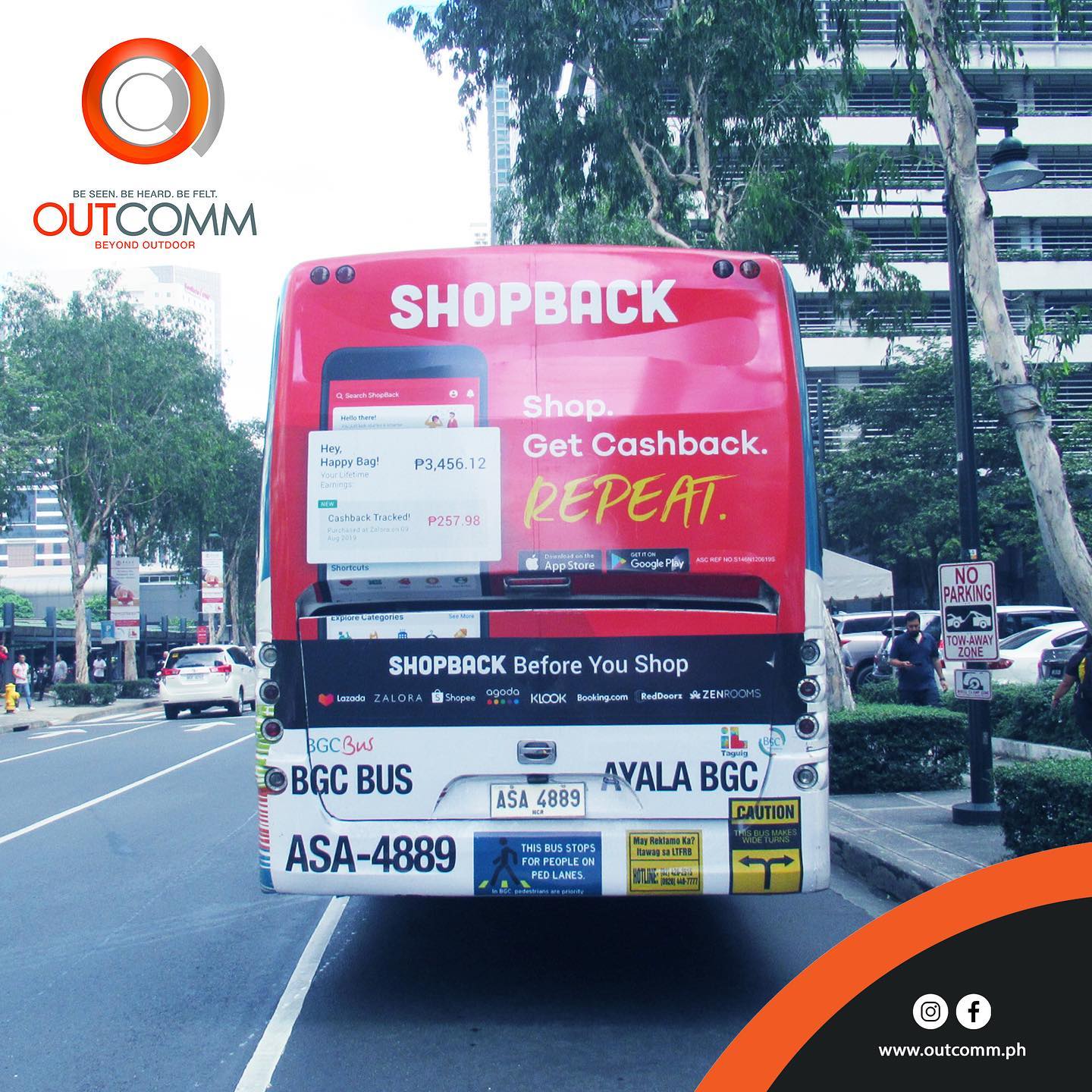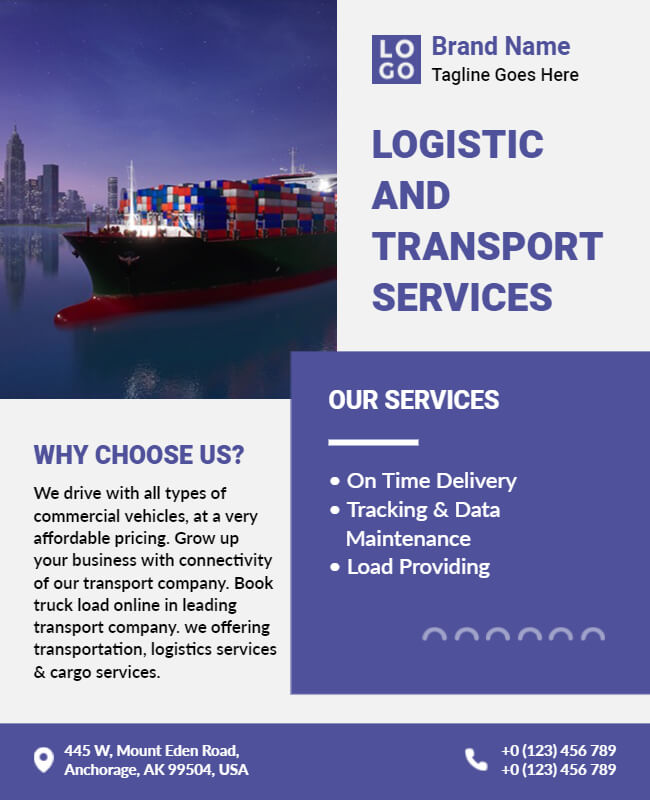An In-depth Examination of the Techniques and Strategies for Successful Transit Marketing Campaigns
Transportation advertising campaigns provide a special opportunity for brand names to involve with varied target markets in dynamic atmospheres. To attain success, it is important to recognize the nuances of target demographics, execute cutting-edge style strategies, and pick ideal placement locations. In addition, the efficiency of these campaigns can be considerably improved by carefully monitoring performance metrics and adjusting methods as necessary. As we explore these vital elements, it becomes clear that the path to an impactful transportation marketing technique is both elaborate and gratifying, raising the question of just how best to navigate these intricacies for optimal brand exposure.
Understanding Target Demographics
Recognizing target demographics is vital for the success of transportation ad campaign (Transit Advertising Philippines). Identifying details audience sectors makes it possible for advertisers to customize their messages effectively, making certain that the material reverberates with the desired audiences. This strategy enhances interaction and makes best use of roi
To successfully analyze target demographics, marketing experts must take into consideration several crucial variables, consisting of age, earnings occupation, level, and way of life choices. For example, a project targeted at young experts might concentrate on benefit and modernity, while one targeting households could stress security and integrity. Additionally, geographic aspects such as city versus country settings can considerably influence customer habits and choices.
Information collection methods such as surveys, focus teams, and social media analytics supply beneficial understandings right into group patterns and customer behaviors. By leveraging this details, marketers can craft engaging stories that straighten with the worths and requirements of their target market.
Eventually, recognizing target demographics not just notifies the critical instructions of transit ad campaign however likewise makes sure that resources are assigned efficiently. This targeted approach increases the likelihood of attaining campaign goals, fostering brand name commitment, and driving conversions.
Creative Style Methods
Efficient communication with target demographics relies greatly on cutting-edge imaginative design strategies en route marketing campaigns. To properly catch attention in a jampacked visual environment, developers should prioritize quality and aesthetic impact. Utilizing bold colors and high-contrast aspects can enhance visibility, guaranteeing that messages are quickly clear from a range.
Integrating dynamic images that reverberates with the target audience is vital. Aesthetic narration strategies can evoke emotions and produce remarkable associations with the brand name. Additionally, calculated usage of typography assists convey vital information swiftly; legible font styles and proper sizes even more boost readability.
Incorporating interactive aspects, such as QR codes or enhanced truth attributes, can engage commuters beyond passive monitoring (Transit Advertising Philippines). These strategies not just promote user interaction but likewise connect the space in between traditional marketing and digital interaction
Furthermore, utilizing room artistically-- whether on bus covers, transportation shelters, or metro advertisements-- can bring about cutting-edge formats that damage the mold of conventional advertising. By embracing creative creativity while preserving brand name uniformity, campaigns can cultivate a solid link with their target market, eventually driving both awareness and action. The integration of these design methods is critical for accomplishing successful transportation advertising and marketing end results.
Strategic Placement Approaches
Optimizing the effect of transit advertising depends upon tactical positioning techniques that ensure ideal visibility and involvement. Efficient placement includes examining high-traffic areas and understanding traveler demographics to identify one sites of the most beneficial locations for ad displays. For circumstances, positioning ads near entrances and leaves of transportation vehicles can catch the focus of boarding and alighting travelers, hence improving exposure.
Furthermore, making use of both outside and interior surfaces of transportation cars can considerably widen reach. Exterior advertisements, visible during commutes, engage pedestrians and various other chauffeurs, while indoor ads target passengers in a restricted atmosphere. In addition, placing promotions en route centers, such as bus terminals or train stations, enables raised impressions as travelers transition between various settings of transport.
Timing is likewise crucial; lining directory up the project launch with peak traveling periods optimizes target market interaction - Transit Advertising Philippines. Furthermore, leveraging digital screens in transportation atmospheres can promote dynamic content, offering real-time updates and improving user interaction. By utilizing these calculated positioning methods, marketing professionals can make certain that their transit marketing campaign attain optimal presence, reverberate with the target market, and inevitably drive wanted end results

Determining Project Efficiency
To assess the success of transportation marketing campaign, it is necessary to use a variety of dimension methods that offer insights into audience engagement and overall effectiveness. One key approach is the usage of key efficiency indications (KPIs), such as reach, perceptions, and interaction prices, which measure the amount of individuals saw the ad and communicated with it.
Surveys and emphasis teams can likewise be important in determining customer perceptions and recall, permitting marketers to understand the influence of their messaging. In addition, tracking site traffic and social networks interaction during and after the project helps gauge straight actions to the marketing.
Another reliable technique is using location-based analytics, which can give data walking traffic around certain transit areas, using insights right into whether the project effectively captured the interest of travelers. In addition, analyzing sales information can expose relationships between transit advertising and increased profits, providing substantial evidence of a campaign's performance.
Study of Success
Understanding the efficiency of transit ad campaign via measurement methods lays the foundation for analyzing real-world instances that highlight successful results. One notable study involves a national beverage brand that used bus covers in city locations. The project aimed to enhance brand exposure and sales throughout the summer season. By utilizing geo-targeted electronic advertisements and analytics, the brand name gauged a 30% increase in sales in regions where the wraps were prominently shown, showing the straight impact of transit marketing.
One more compelling example comes from a local not-for-profit company that launched a project on subway systems to promote a community event. The company incorporated dynamic visuals with QR codes routing travelers to an enrollment page. Post-campaign evaluation about his revealed a 50% boost in event attendance contrasted to the previous year. Using straight engagement through modern technology amplified the project's reach and performance.

Final Thought
In recap, effective transit ad campaign require a comprehensive method that integrates an understanding of target demographics, cutting-edge layout techniques, and critical positioning. By focusing on emotional engagement through bold visuals and optimizing presence during peak travel times, brand names can dramatically enhance their effect. Additionally, ongoing dimension of project efficiency through vital efficiency indications and consumer responses guarantees continual renovation. Collectively, these strategies foster brand name visibility and maximize the roi in transportation advertising efforts.
Understanding target demographics is essential for the success of transportation marketing campaigns.Effective communication with target demographics relies heavily on innovative creative design methods in transportation advertising projects. By utilizing these strategic positioning techniques, marketing professionals can make certain that their transportation advertising and marketing campaigns accomplish maximum visibility, resonate with the target audience, and eventually drive desired outcomes.
Recognizing the performance of transit advertising projects via dimension techniques lays the foundation for examining real-world instances that illustrate successful results.In recap, effective transportation advertising and marketing campaigns require a detailed strategy that integrates an understanding of target demographics, ingenious design methods, and calculated placement.